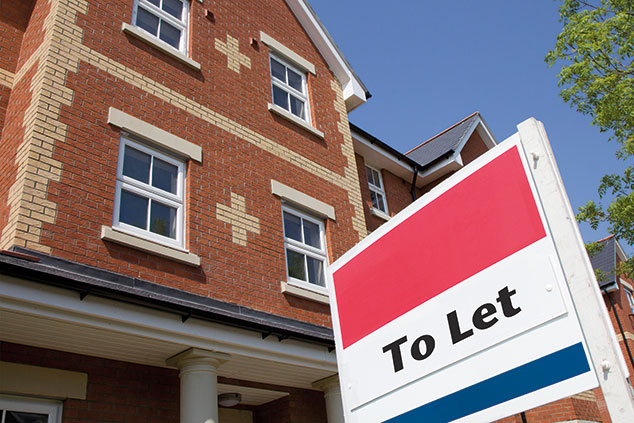
If you’re about to file your tax return for rental income you receive from letting out property, you’ll no doubt be familiar with the scaling back of the various reliefs you can claim. With that in mind, it’s even more important to be aware of what you can claim for.
The rental income you need to declare, unsurprisingly, consists of the money your tenants pay you in rent. But note that it also includes any payments you get from tenants for the use of furniture and charges for additional services (such as cleaning of communal areas, hot water, heating and repairs).
From this pre-tax income, you can then deduct the money you spent on things like buildings insurance, contents insurance, repairs, utility costs (such as water bills and council tax), services to clean communal areas, ground rents and service charges, advertising costs, letting agents’ fees and accountants’ fees. Importantly, you can also claim for part-expenses. “If a definite part of a cost is expense incurred wholly and exclusively for the property business, you can deduct that part,” says Gov.uk. For example, if a property is used for private purposes for three months and commercially let for nine months, then 9/12 of the mortgage interest can be deducted from the rental income.
Although you can no longer claim the 10% wear-and-tear allowance, you can claim “replacement of domestic items relief” if you replace items such as beds or curtains.Replacements must be like-for-like, and you can also claim for the cost of disposing items. Note that this is available in all properties, not just those that are fully furnished.
Keep in mind that you cannot deduct “capital expenses” from your income – things like making improvements to your house or having an extension built (though you might be able to use those expenses to cut your capital-gains tax bill when you come to sell the property).
Finally, one of the most significant changes for buy-to-let landlords over the past few years has been the reduction of the tax relief you can claim on mortgage-interest payments.
This process began in April 2017, and also applies to the interest you pay on overdrafts and loans (including loans to buy furnishings), as well as fees and incidental costs associated with getting or repaying mortgages and loans.
For the 2017-2018 tax year, you can deduct 75% of your finance costs from your rental income, and the remaining 25% will qualify for basic-rate relief. This will go down to 50%/50% in 2018-2019, 25%/75% in 2019-2020, and 0%/100% from 2020-2021.
What to do as an overseas landlord
If you live abroad for six months or more per year, HMRC will consider you a “non-resident landlord” (NRL), even if for tax purposes you’re a UK resident.
If you’re already an overseas landlord, and you’re looking to pay tax on your 2017-2018 income, you will probably already have your affairs in order. But for those who will be paying tax in future years, it’s useful to know where you stand.
You can either receive your rental income with the tax already deducted by your letting agent or manager, or you can opt to pay tax through self-assessment on the gross rent.
In the former case, the agent must adhere to the non-resident landlord scheme, and take away basic-rate tax from your rent (after their expenses) before passing it on to you. They’ll then provide a certificate stating how much has been deducted. You can offset this against your bill if applicable.
If you’d rather pay tax through self-assessment, you’ll need to request permission from HMRC, and can then file your return via post, using software or through your accountant. Note that the deadline for filing this way is on 31 October following the end of the relevant tax year.